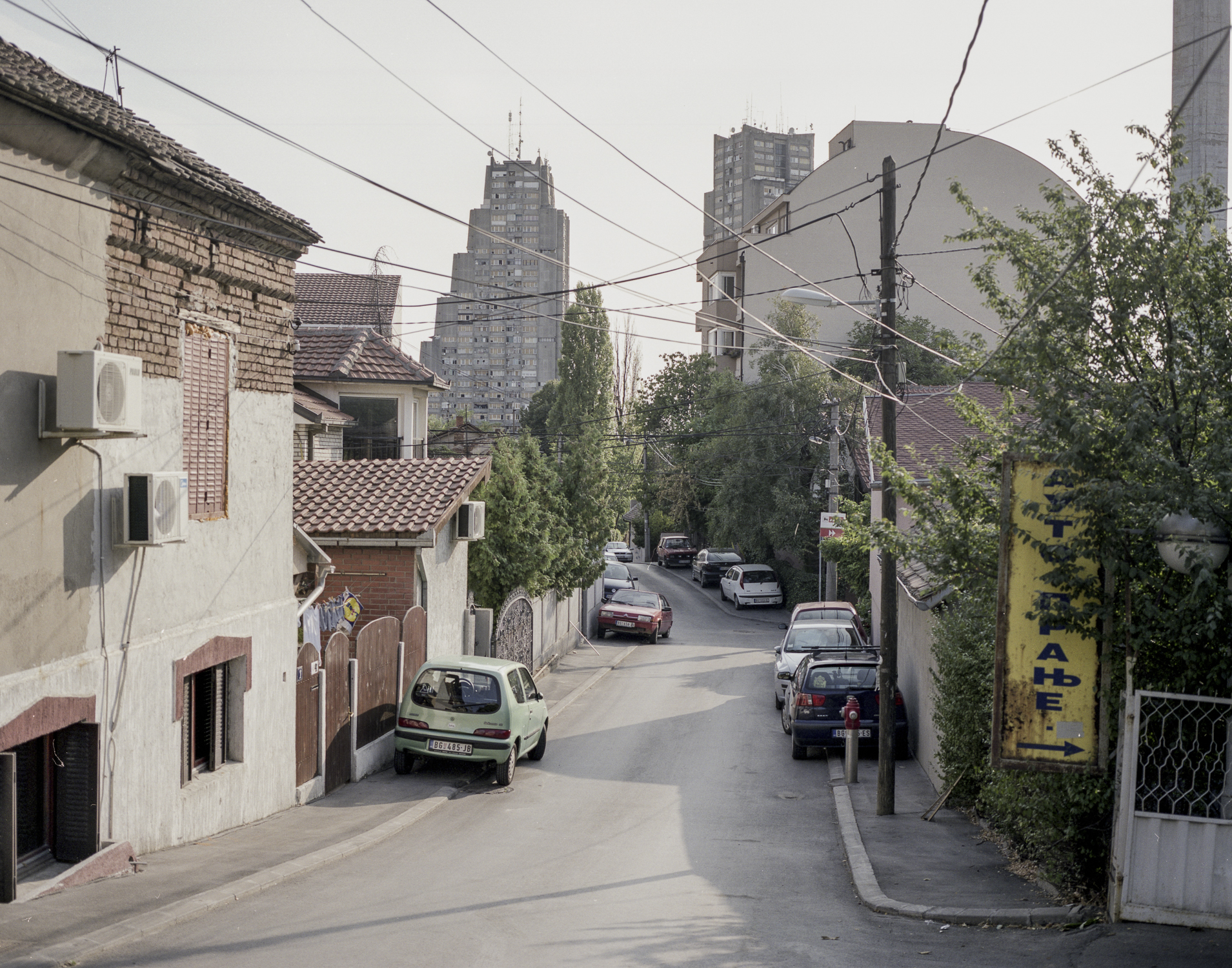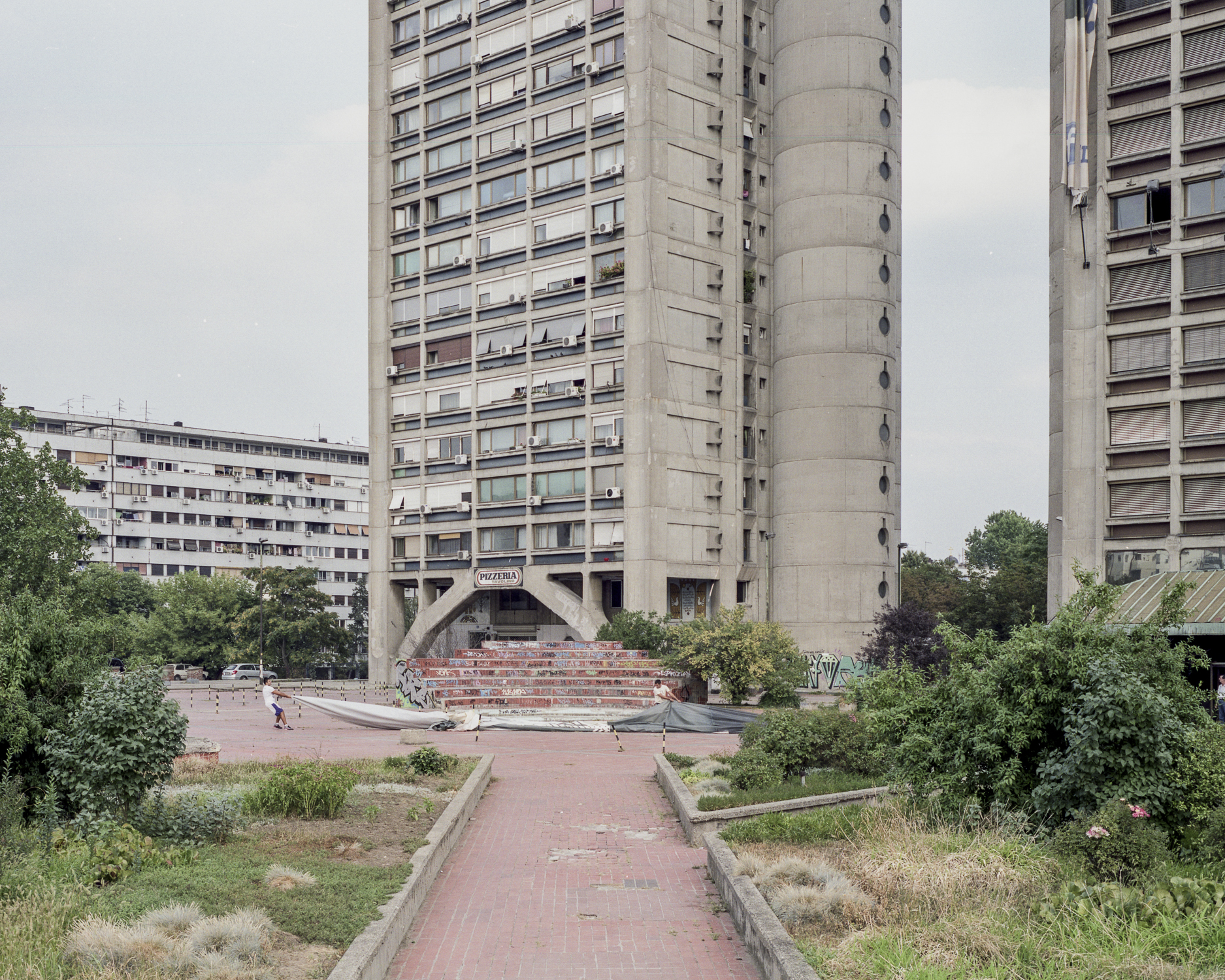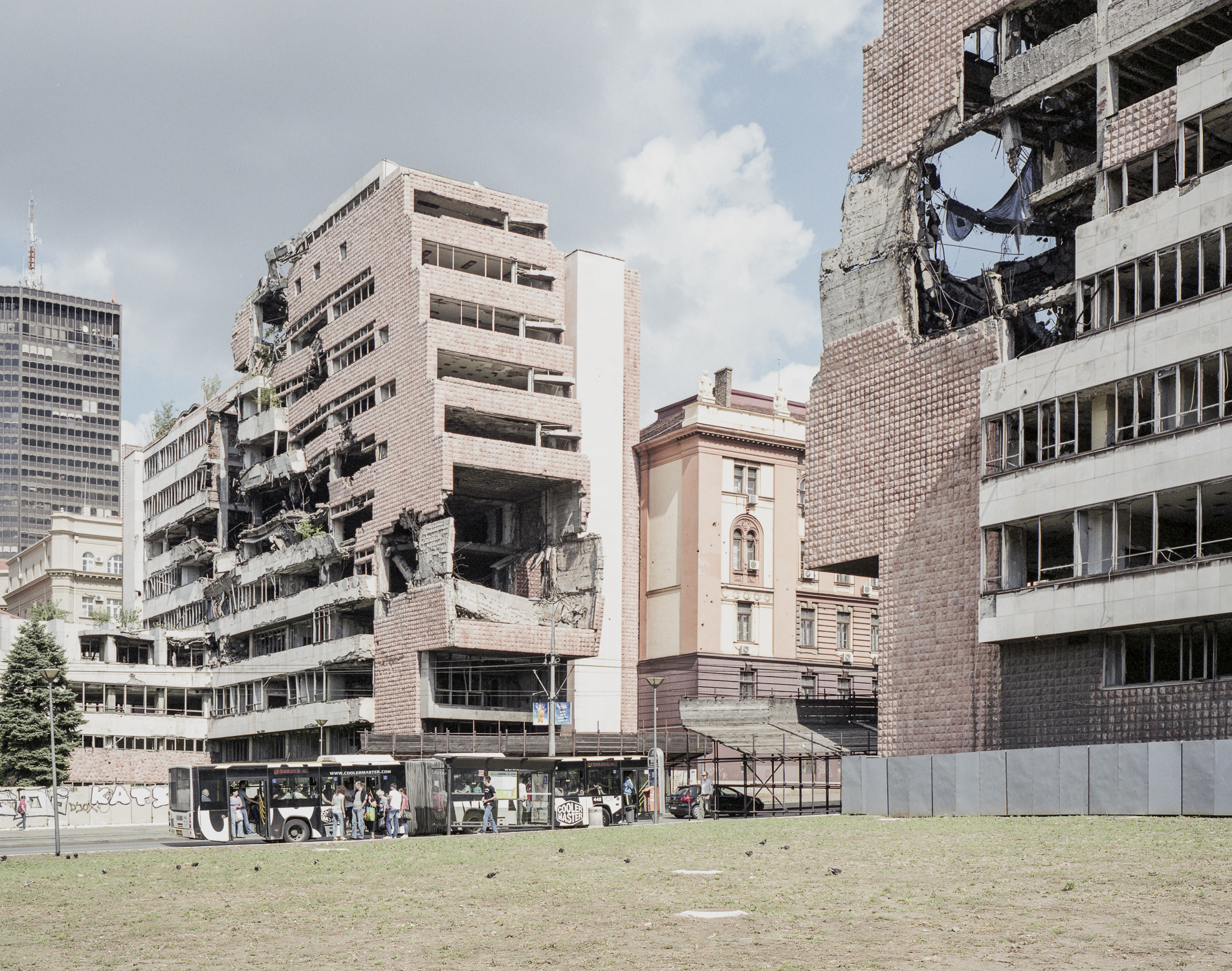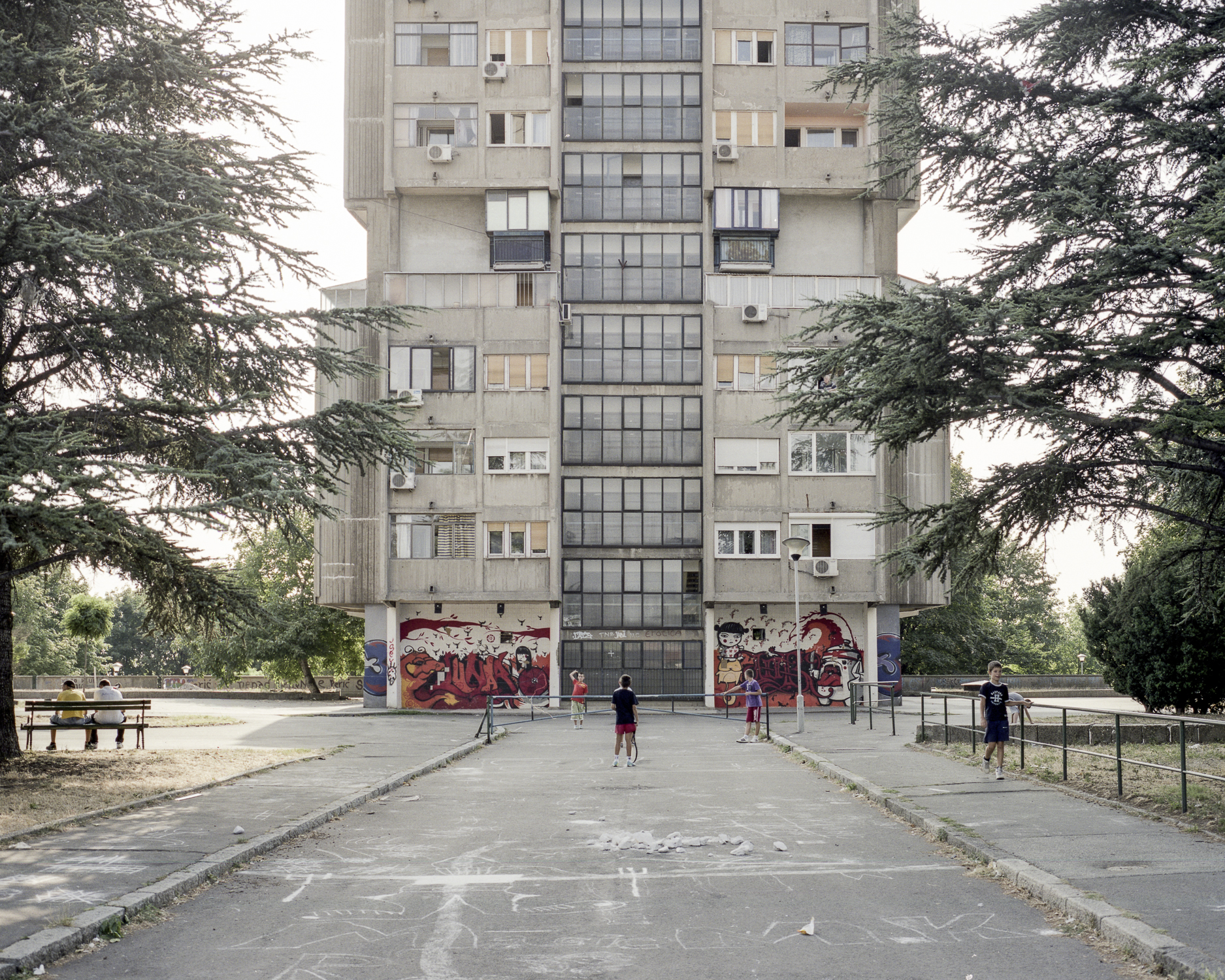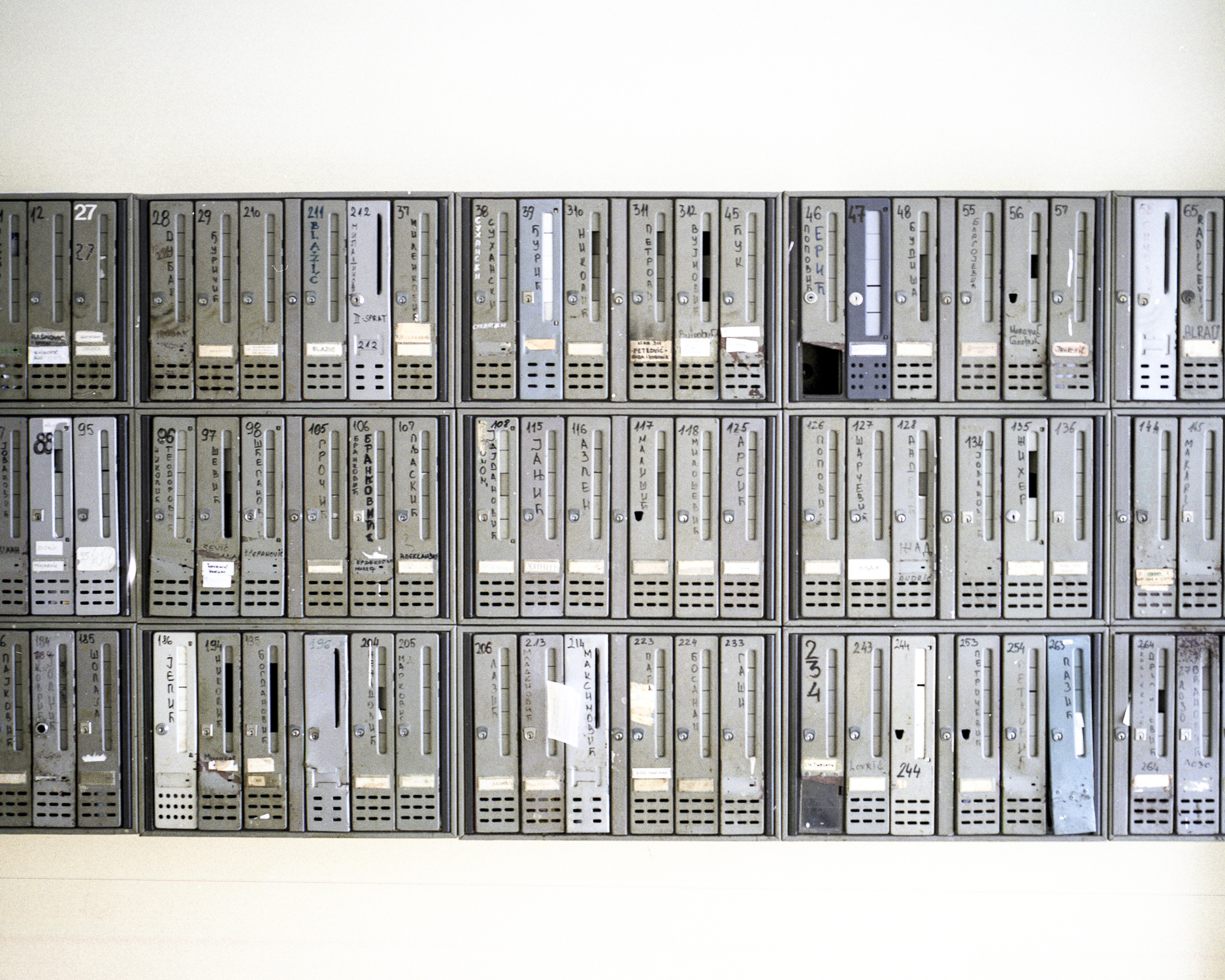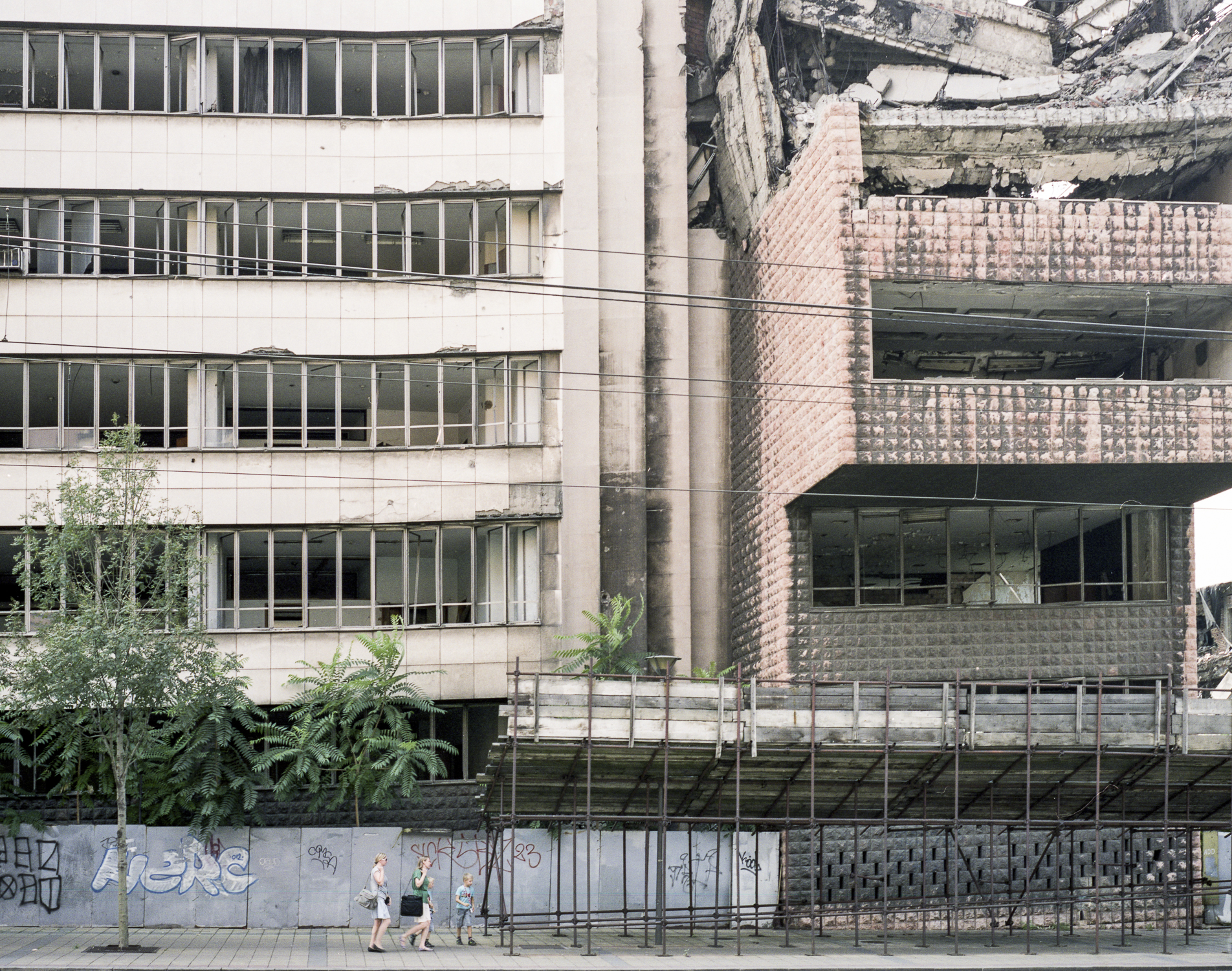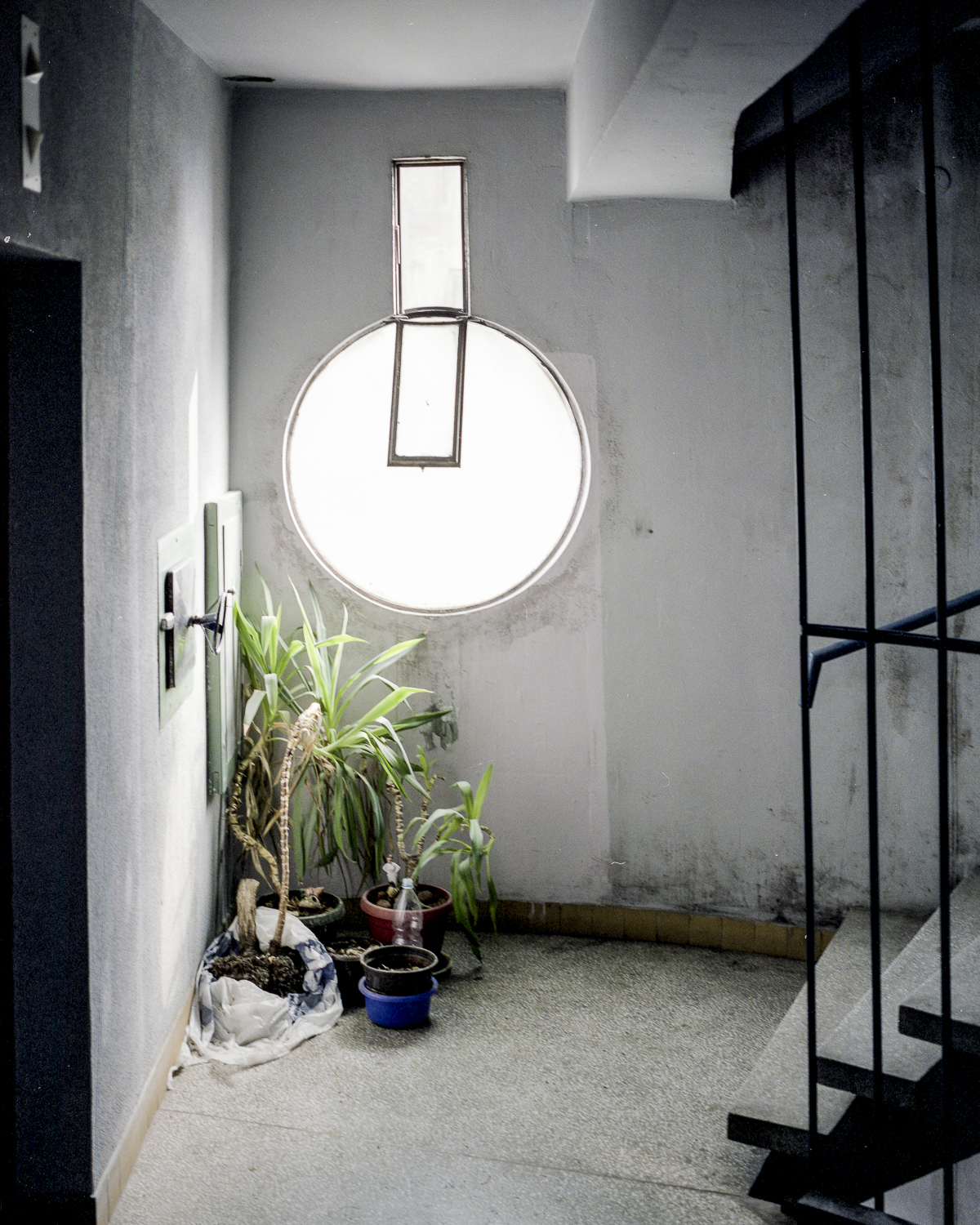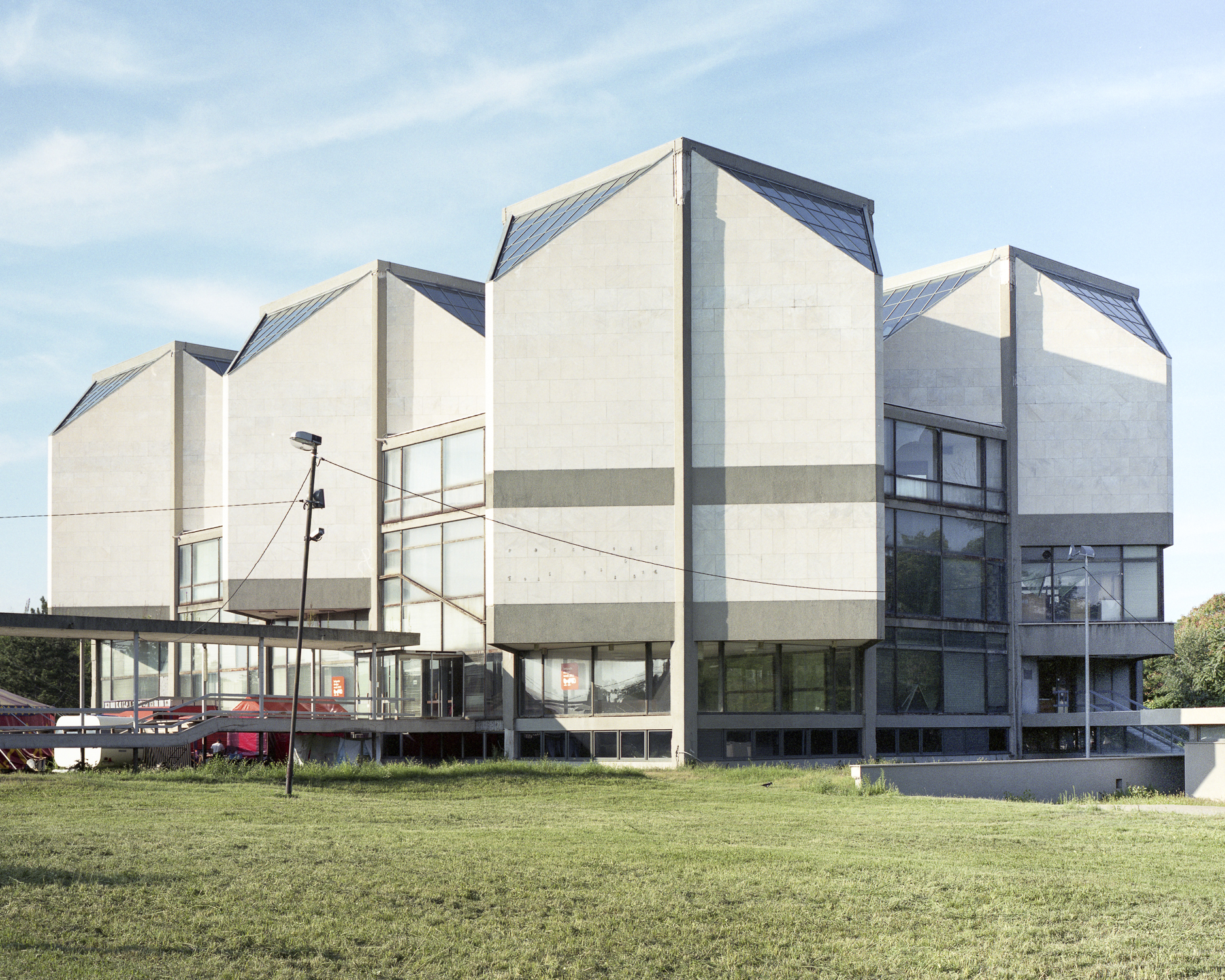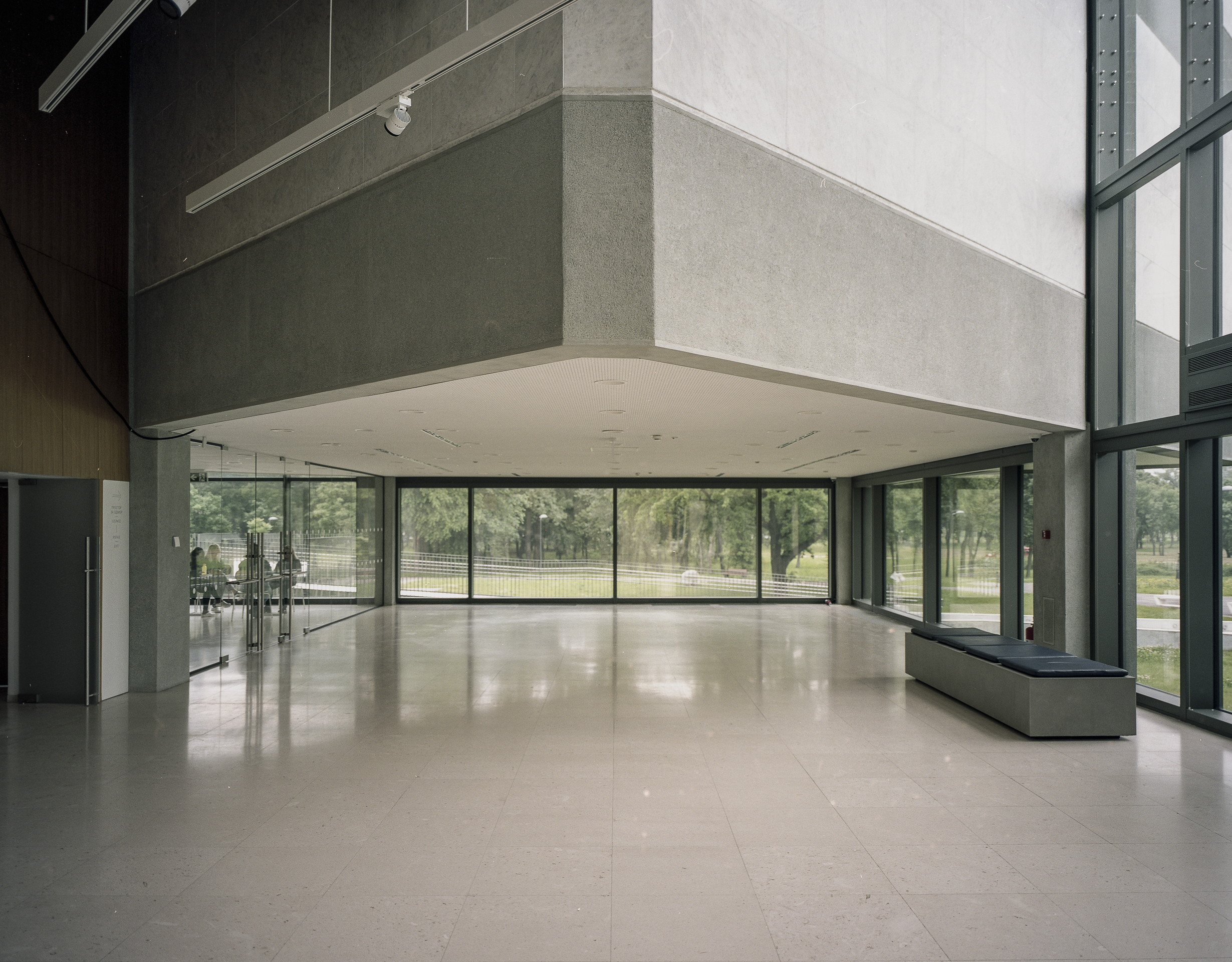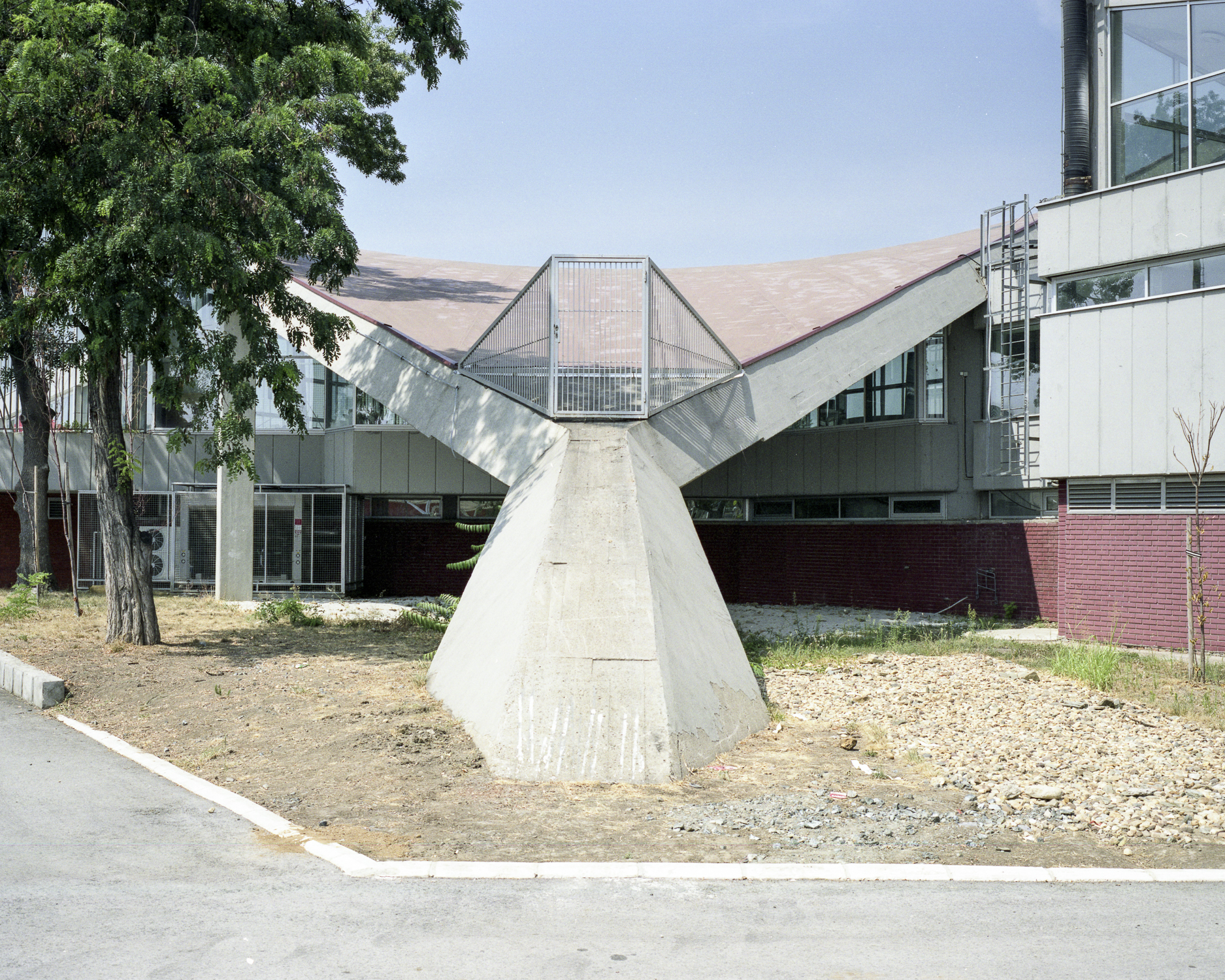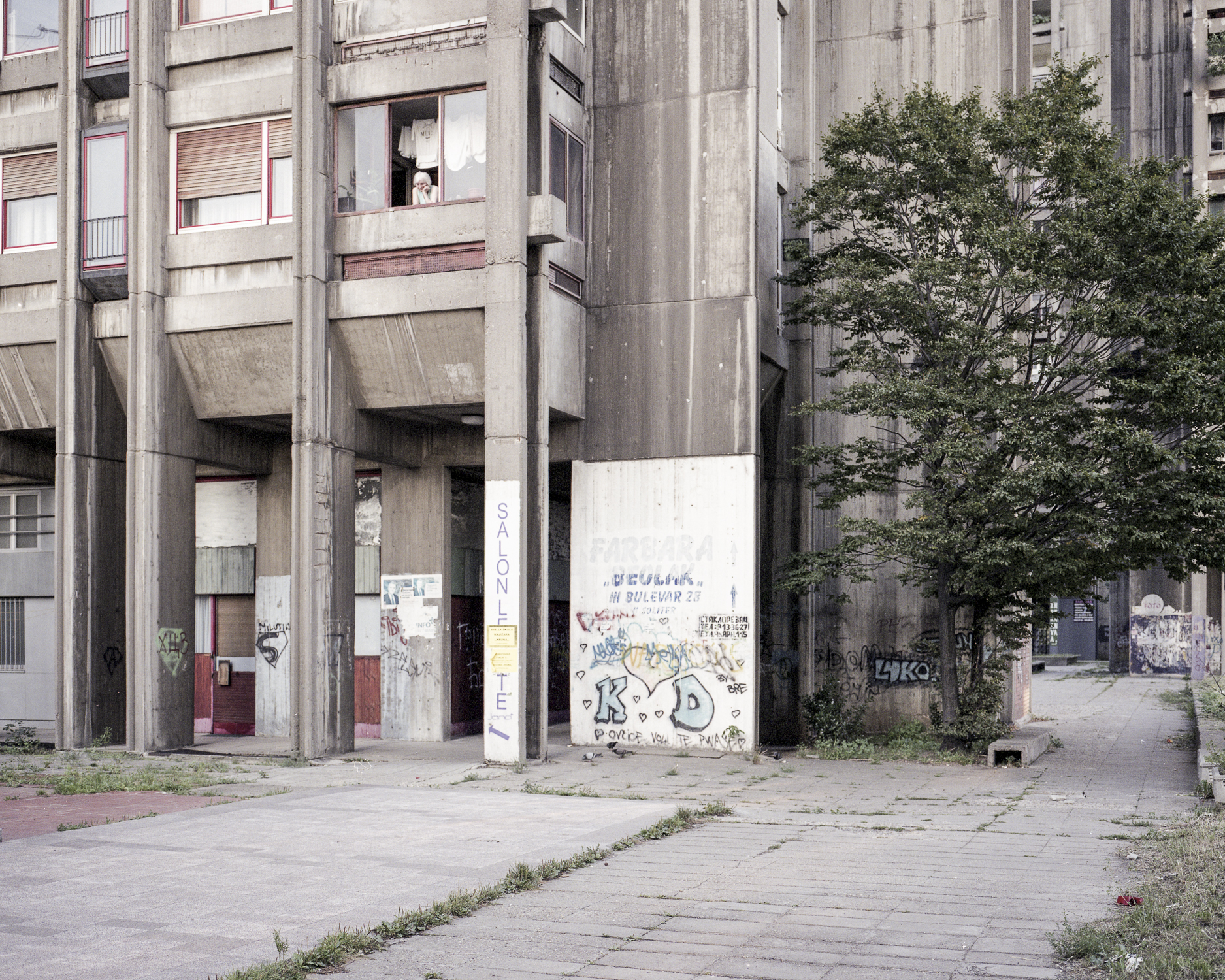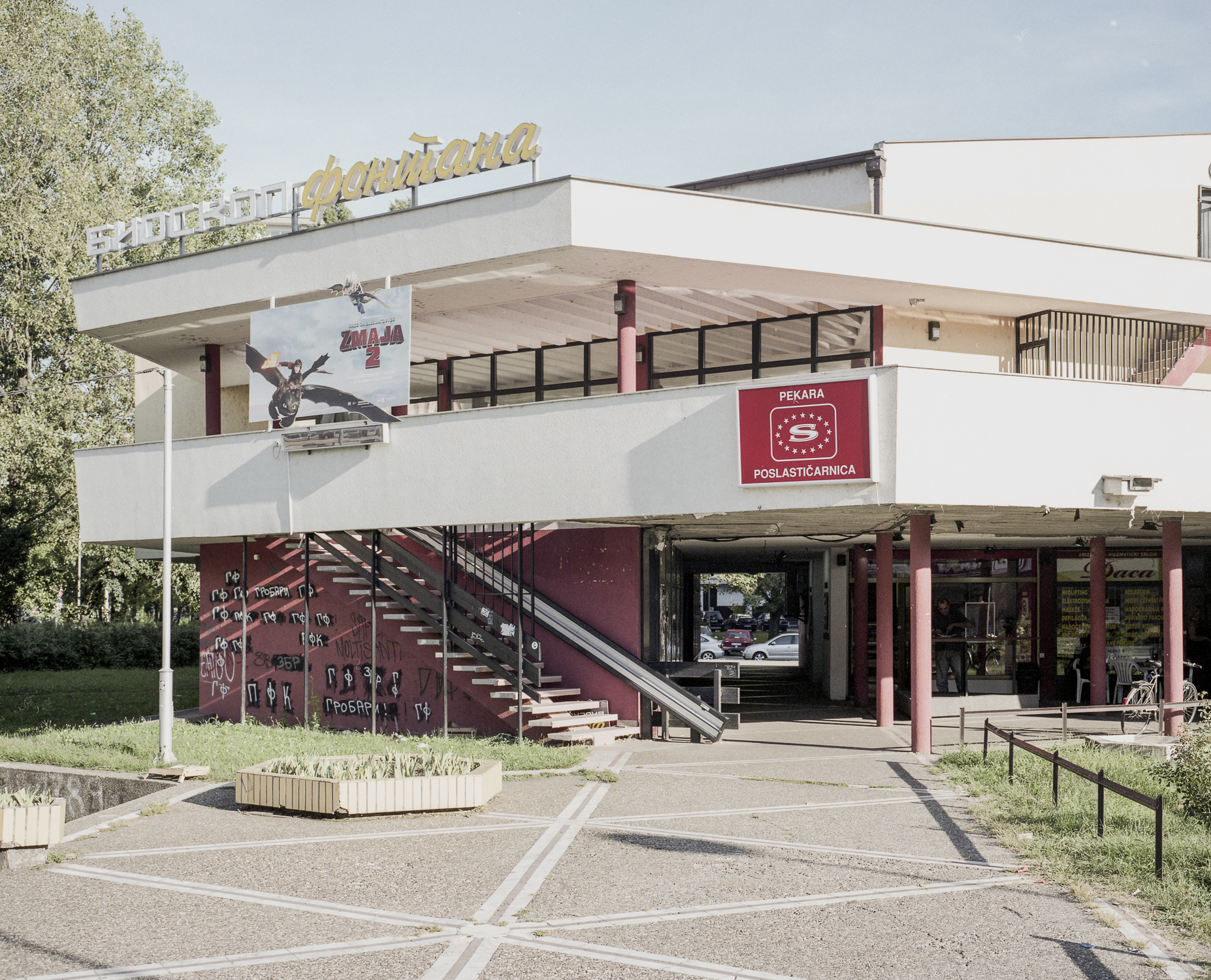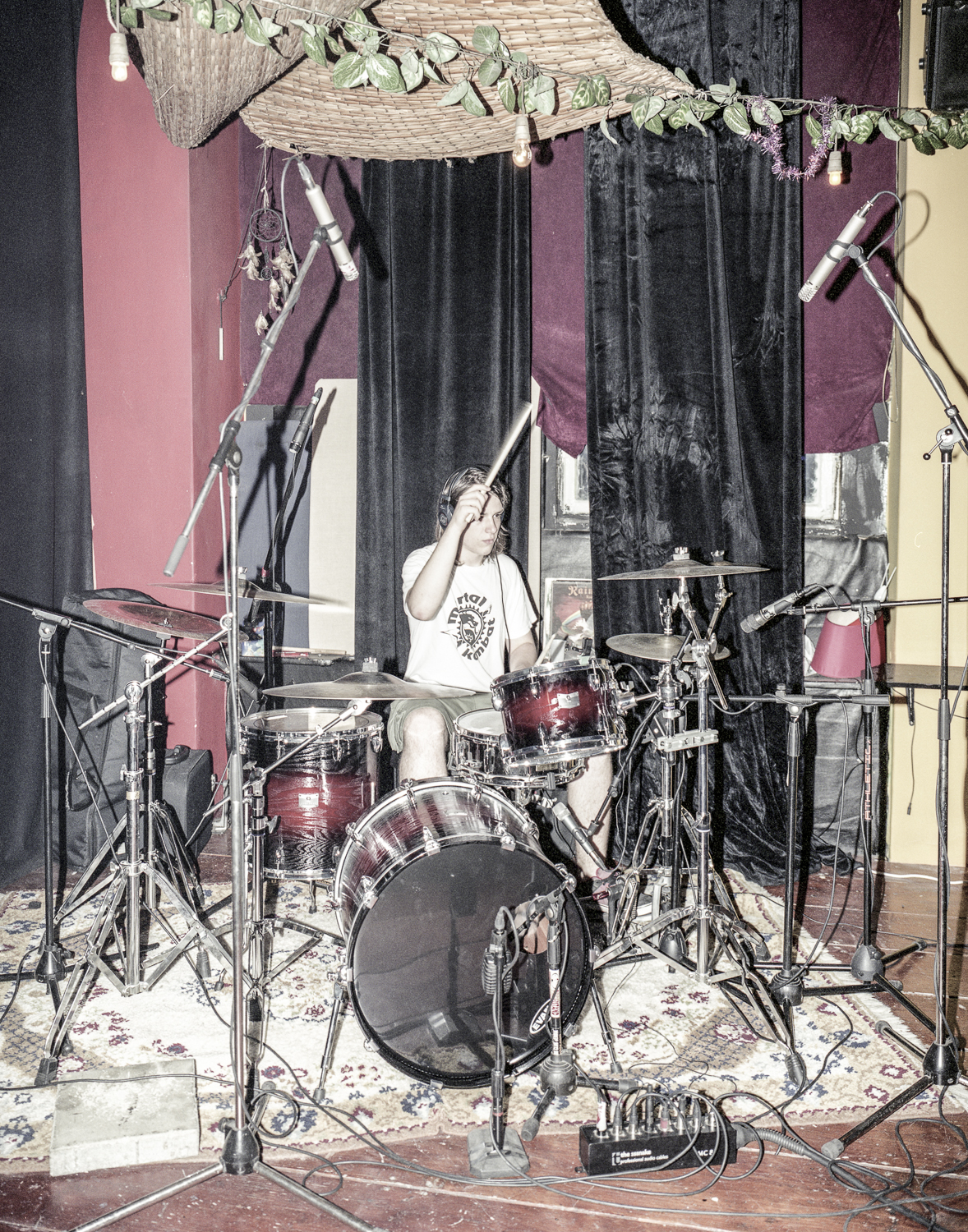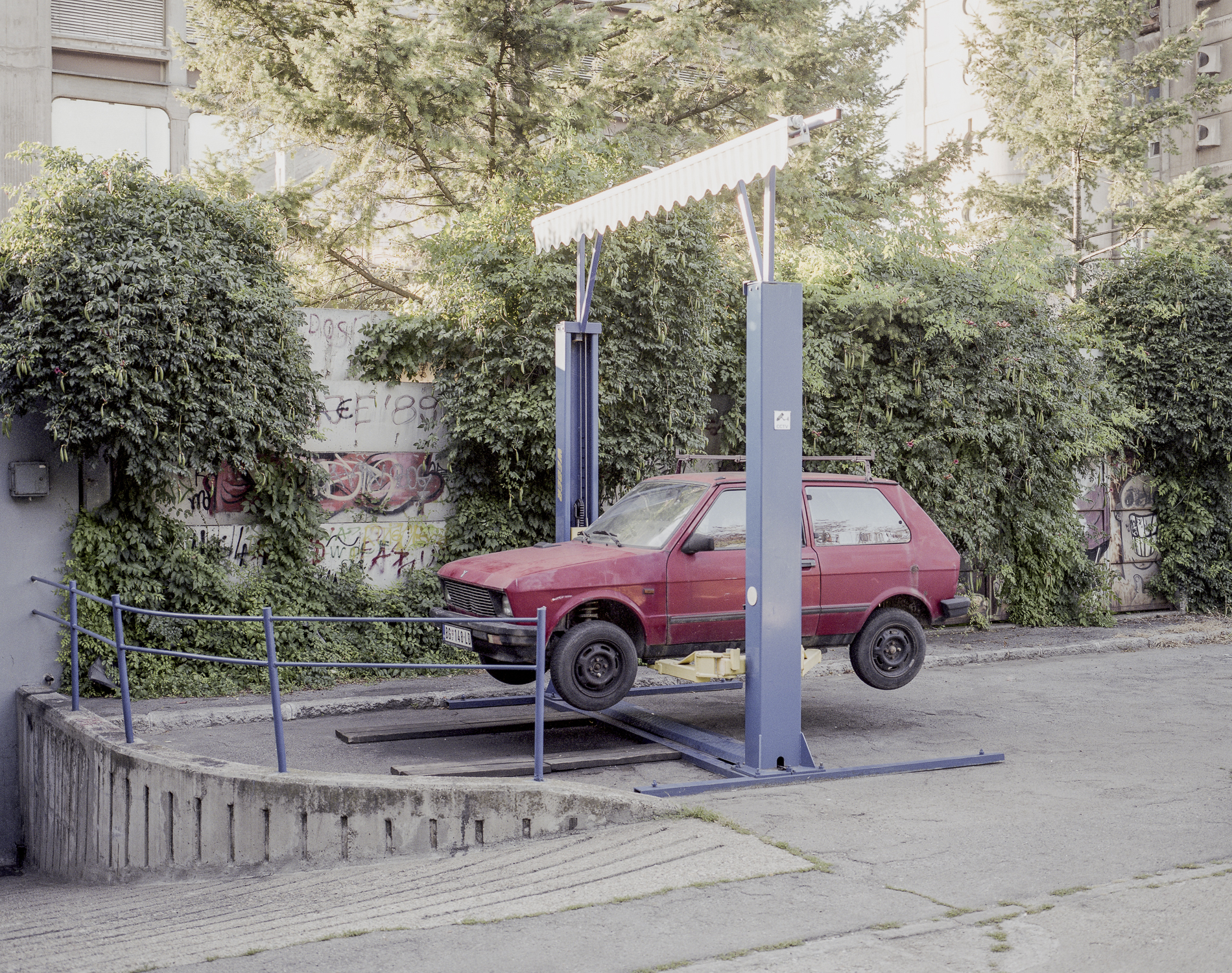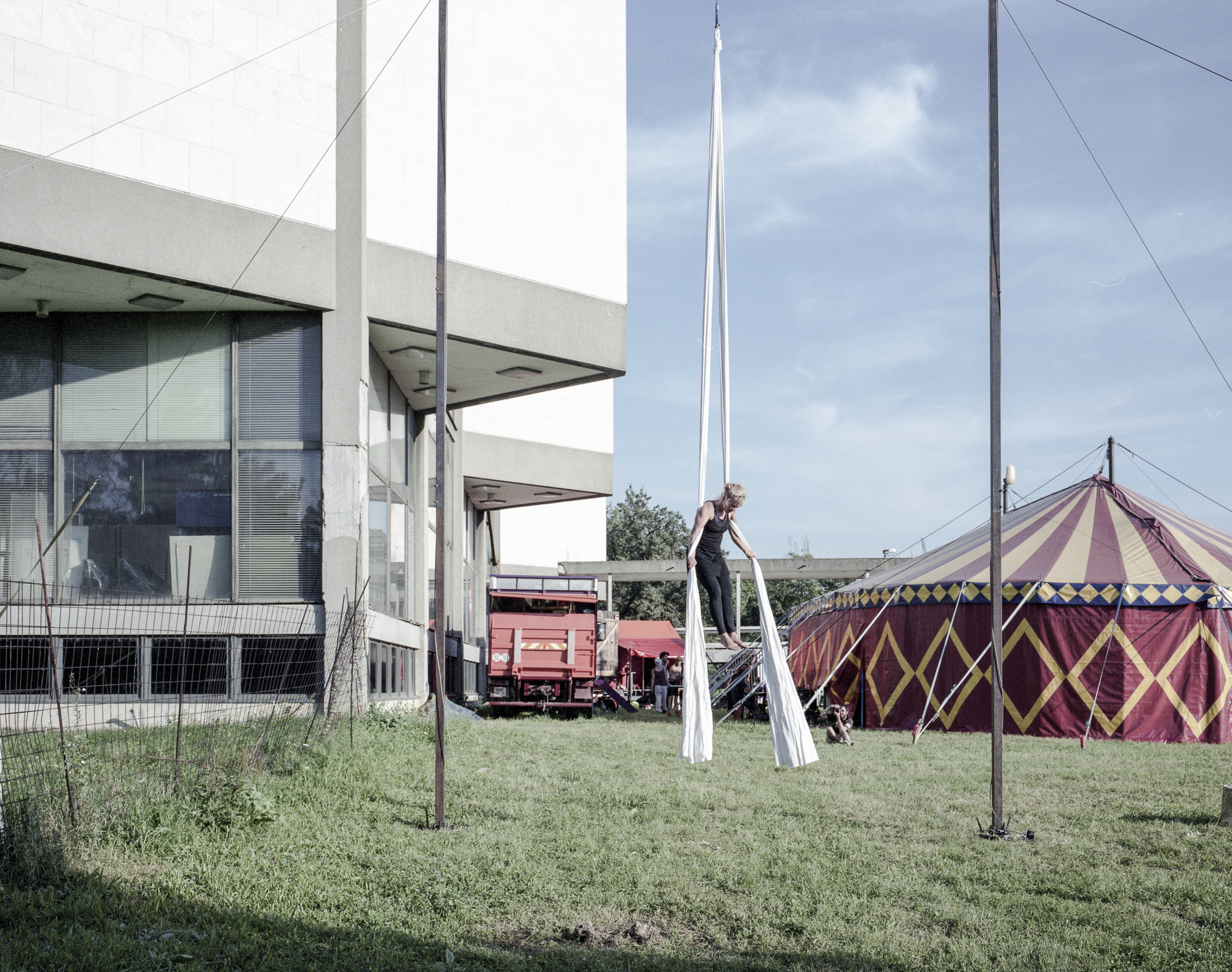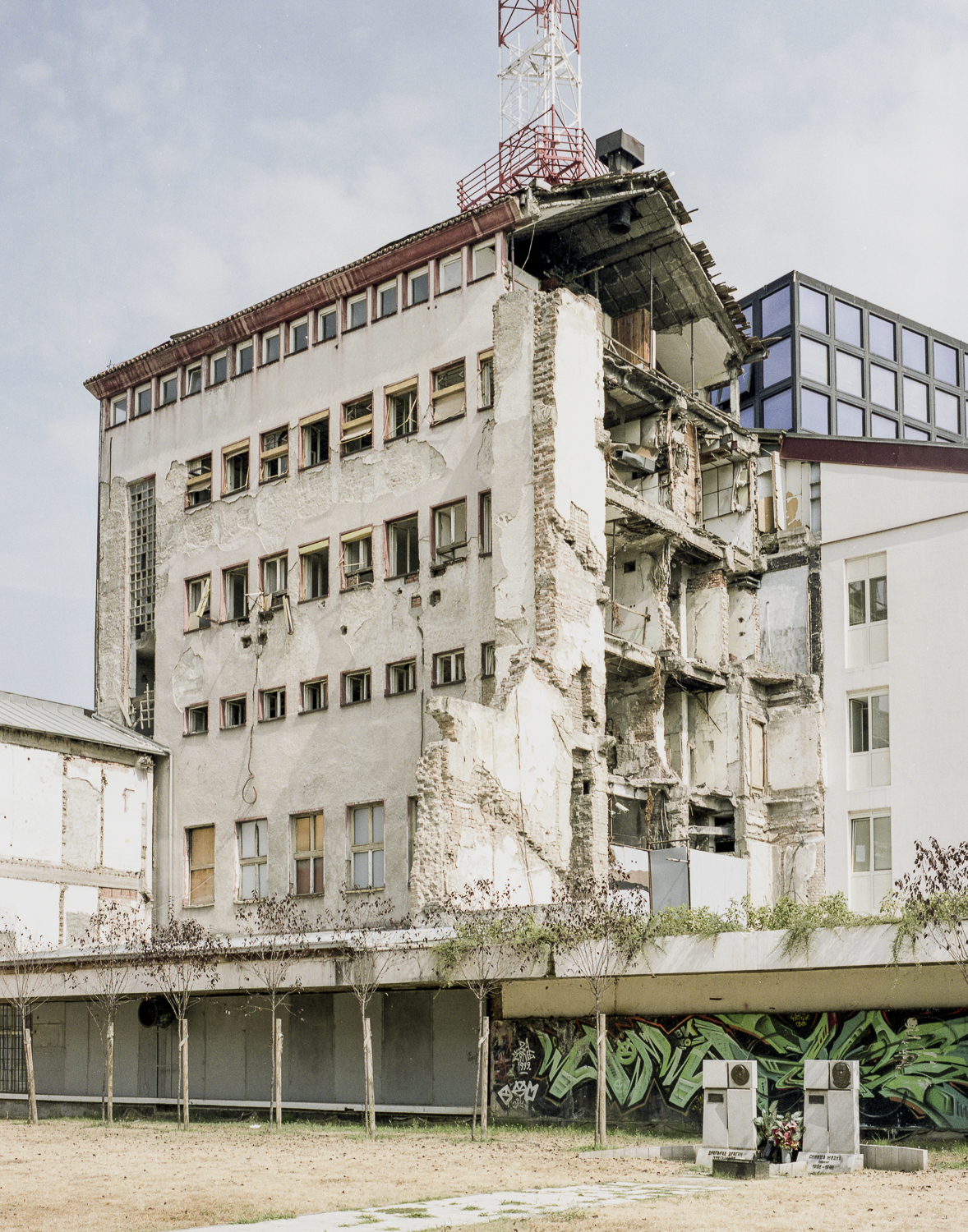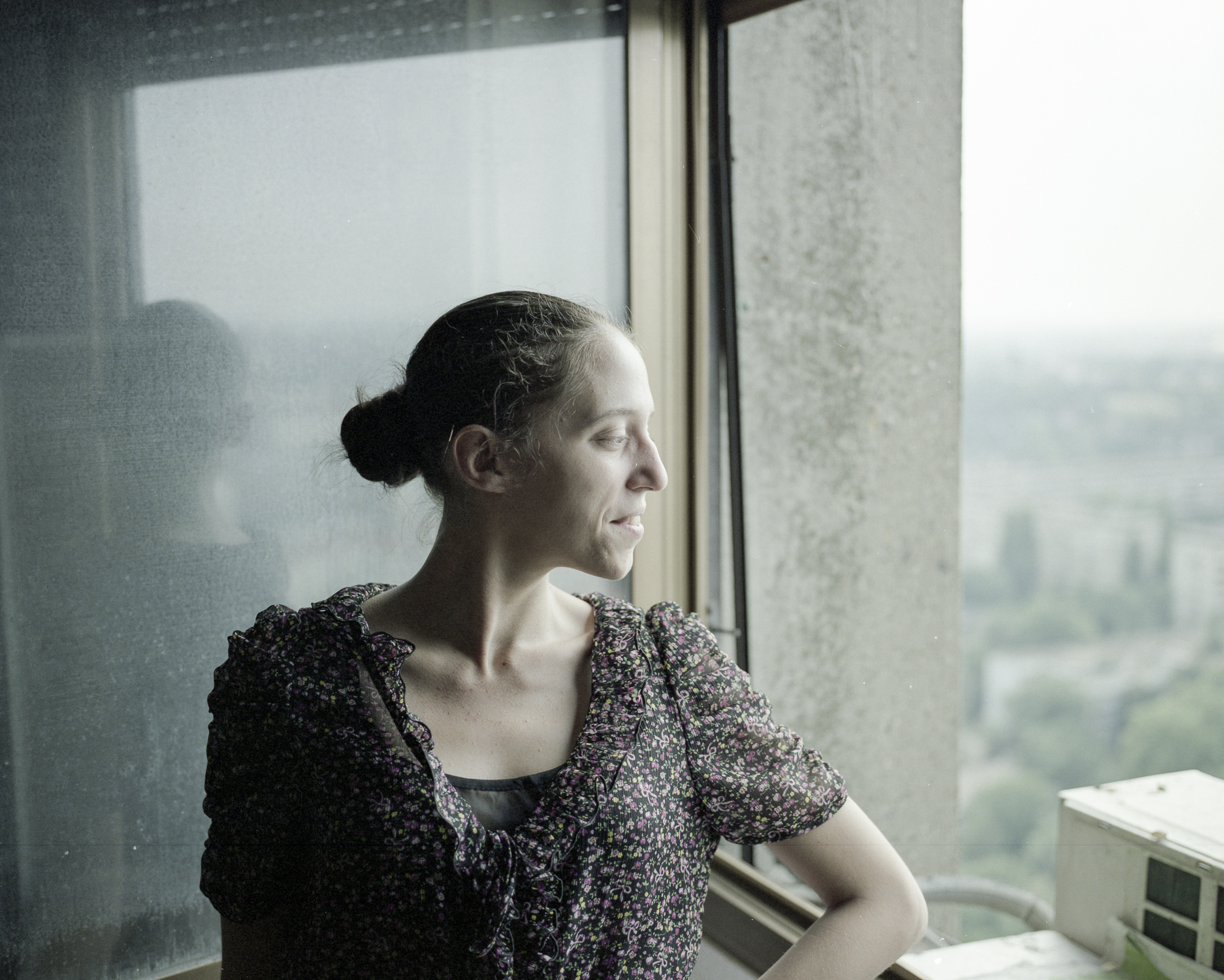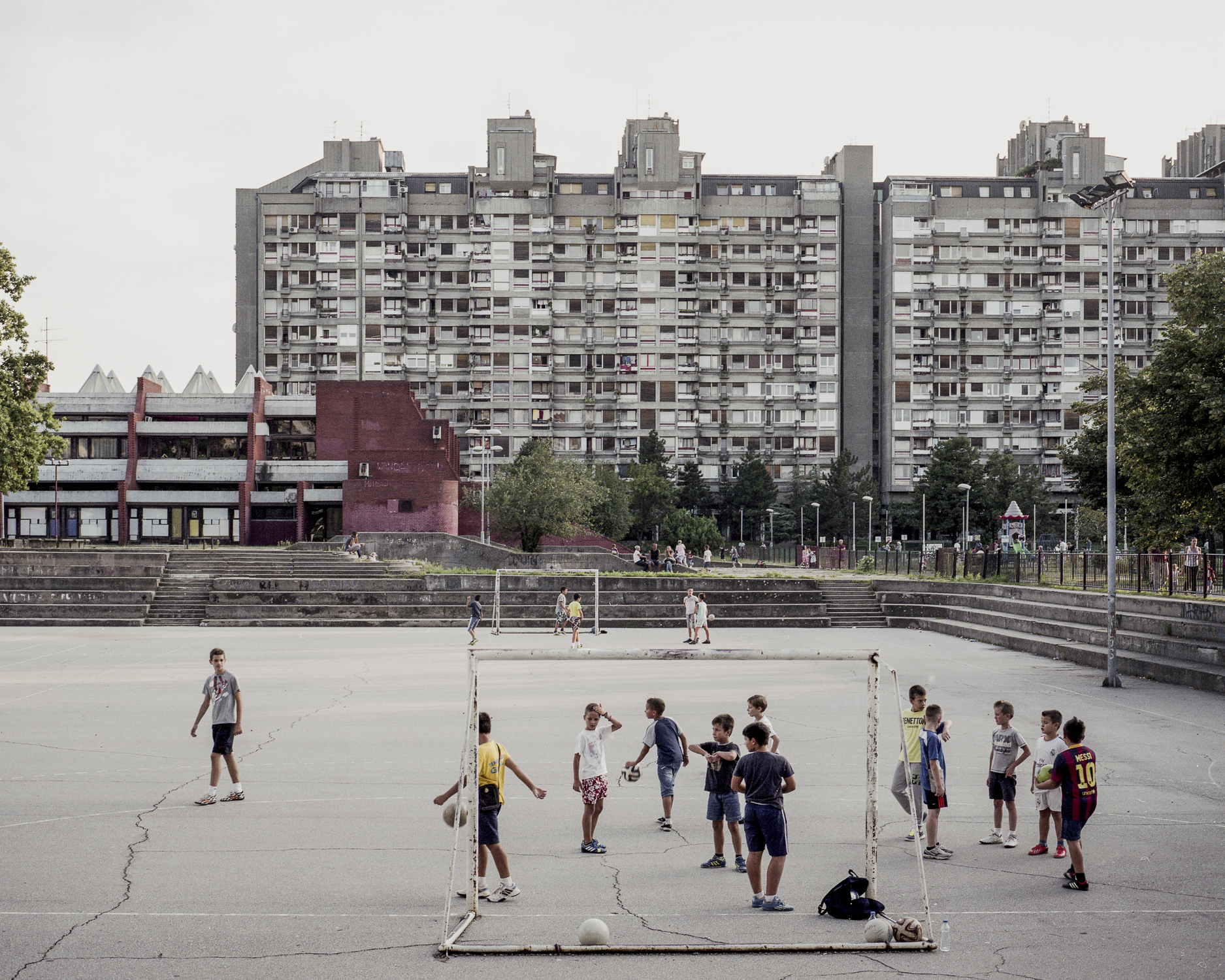Form was said to follow function. So, what function shaped the form of a new, fully functional city on the other bank of the river, made out of concrete and facing the old one? As a second Yugoslavia emerged after the Second World War, a new cultural environment had to be created from scratch to provide a common denominator for the new country’s different ethnicities, which were mostly conflicted. Taking art and architecture as instruments of this new order, the Yugoslav state had a possibility to do pretty much anything - free of Stalinist influence - and shape the culture and space in any manner.
It was designed as a manifestation of the regime’s power, both intellectual and symbolic. The influence of ideology on these buildings is a complex subject. Dejan Sudjic sets out how the rich and powerful shape the world through the manifestations of their power in architecture and urbanism. New Belgrade, and other similar neighbourhoods, were designed as a manifestations of not only power of the state itself, but also of an idea, new collective national identity of Yugoslav people. 25 years after breakup of Yugoslavia, it becomes a physical remanant of previous times of brotherhood and unity, and both humane and totalitarian faces of Yugoslav regime.
2013-2014
It was designed as a manifestation of the regime’s power, both intellectual and symbolic. The influence of ideology on these buildings is a complex subject. Dejan Sudjic sets out how the rich and powerful shape the world through the manifestations of their power in architecture and urbanism. New Belgrade, and other similar neighbourhoods, were designed as a manifestations of not only power of the state itself, but also of an idea, new collective national identity of Yugoslav people. 25 years after breakup of Yugoslavia, it becomes a physical remanant of previous times of brotherhood and unity, and both humane and totalitarian faces of Yugoslav regime.
2013-2014
